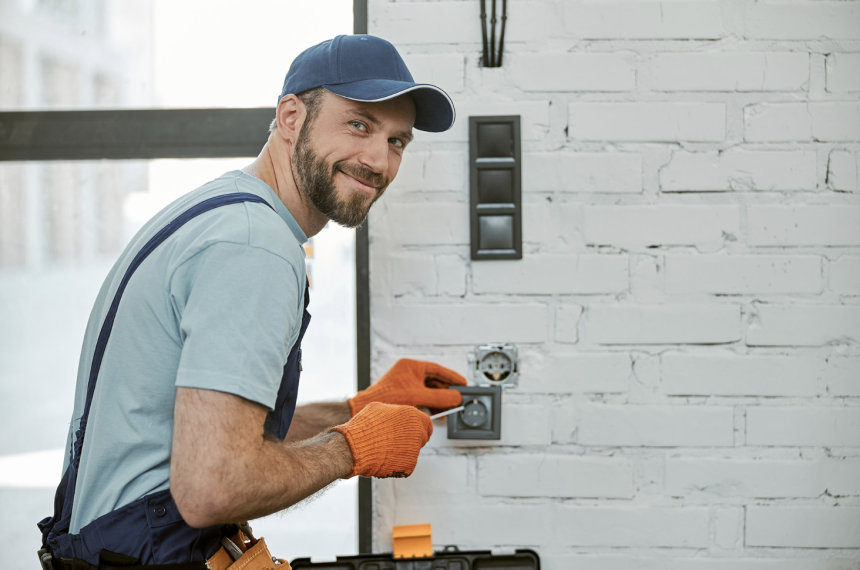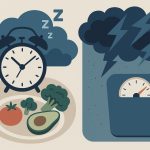Suppose you’re like many Americans, a large portion of your electricity consumption goes toward space heating, air conditioning, and lighting. Other energy-intensive activities include watching TV and doing laundry. Also, remember that appliances plugged in and turned off still consume electricity (also called “vampire power”). To reduce this wasted energy, unplug electronics when not in use or consider ENERGY STAR® certified devices.
Heating and Cooling
A typical household’s most significant energy hog is heating and cooling. Whether it’s trying to cool down during 100-degree days or warm up when the mercury drops, HVAC systems are constantly sucking up electricity and can cause your bill to spike. Water heaters also use a lot of energy, as well as washers and dryers. These appliances take up about 27% of a home’s electricity usage. However, you can save significant energy by switching to ENERGY STAR-certified water heaters, washers, and dryers.
Lighting is another big energy user, particularly if you have old incandescent bulbs. But you can significantly reduce your lighting bill by replacing them with LEDs, which use less energy than traditional bulbs and last longer. Finally, TVs and electronic devices are the third largest energy consumers. You may significantly save your power expenditures by turning off your televisions and other electrical gadgets while not in use. You can also use smart outlets and appliances to reduce energy usage. As with any monthly service, you should choose your energy supplier wisely. You may compare prices, plans, and suppliers with just a few mouse clicks using a simple interface from EnergyPricing.com.
Lighting
Powering your house and using appliances uses a lot of electricity. Your electricity consumption depends on a few factors, including the size of your home and the amount of electricity-consuming appliances you have. You must also consider the kind of power you utilize. Standard incandescent light bulbs, for example, use a lot more energy than energy-efficient LED light bulbs. Your water heater is another big electricity user. You use it to heat water for showers, dishes, and laundry. You can lower your energy usage by using less hot water, turning off your water heater when you’re not home, and insulating your home’s plumbing.
One of the easiest ways to reduce electricity use is to switch off appliances and lights when you’re not using them. It isn’t just about switching off lights — it also means making sure that TVs, computers, and other electronics are turned off entirely or, at the very least, that they’re set to “energy-saving” modes when you’re not around. It can help to plug devices you use regularly into a power strip that shuts off all of them at once with the flip of a switch. An electricity monitor meter can help you understand how much electricity your household uses — when things are on and are ostensibly turned off. These devices cost about $30 and can be a real eye-opener.
Refrigeration
While heating and cooling are the biggest electricity consumers, other appliances can also suck up lots of power. For example, lighting and refrigerators use a lot of energy because they are consistently on. You can reduce this usage by replacing old light bulbs with more efficient ones and keeping your refrigerator’s condenser coils clean. Large appliances like washing machines and clothes dryers consume a lot of energy because they run frequently, especially when full of water. You can save on laundry and other appliance costs by running them less often or reducing their load size. Finally, it’s important to remember that many devices in your home suck up electricity even when they are “off.” It is called phantom power, and it can make up as much as 25% of your household energy use. The easiest way to reduce phantom power is by using a power strip, which can simultaneously cut off the electricity to multiple electronics when you’re not using them. You can also invest in an electricity monitor meter at most home improvement stores to see how much power your devices use, even when they are ostensibly turned off.
Electronics
It takes a lot of appliances and electronic devices to run a modern home. And while some of these gadgets are essential, most consume a lot of unused energy. That’s because many electronics draw power even when supposedly turned off. These devices draw what is known as phantom power and can be responsible for up to 10% of a household’s electricity consumption. Most of these devices are entertainment-related. For example, DVD and Blu-ray players, set-top boxes for recording TV shows, and video game consoles all draw significant amounts of phantom power when plugged in. In addition, some kitchen appliances and gadgets like microwave ovens, coffee pots, and alarm clocks also use a significant amount of energy in standby mode. To minimize phantom power, try to keep a low number of electronics plugged in at one time and unplug them when they are not being used. Also, look for ENERGY STAR-certified appliances and electronics that use less energy. Finally, if you’re concerned about constantly having to remember to unplug electronics and appliances, consider investing in smart outlets or smart devices that monitor your electrical usage for you. These products can reduce phantom power consumption and help you save money in the long run.
Lynn Martelli is an editor at Readability. She received her MFA in Creative Writing from Antioch University and has worked as an editor for over 10 years. Lynn has edited a wide variety of books, including fiction, non-fiction, memoirs, and more. In her free time, Lynn enjoys reading, writing, and spending time with her family and friends.















